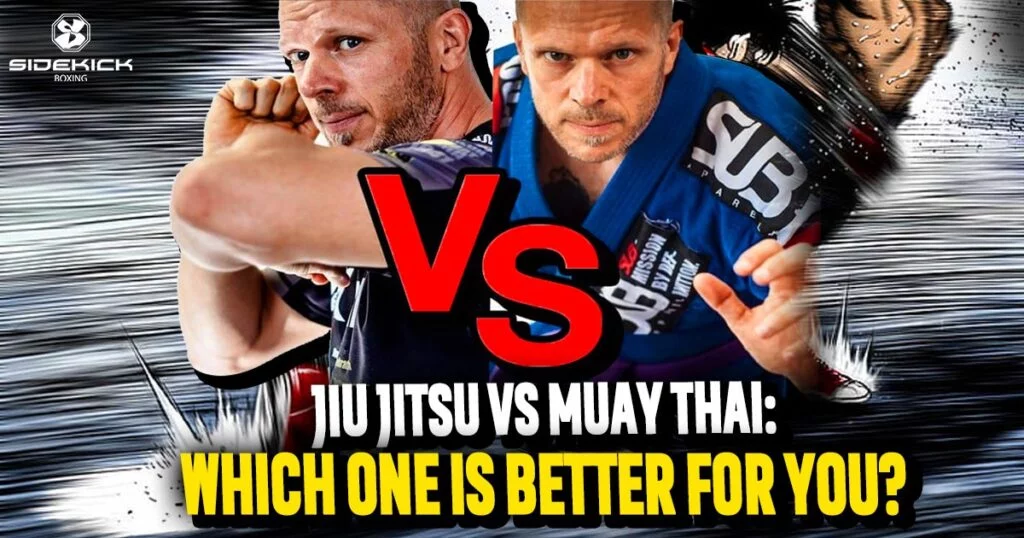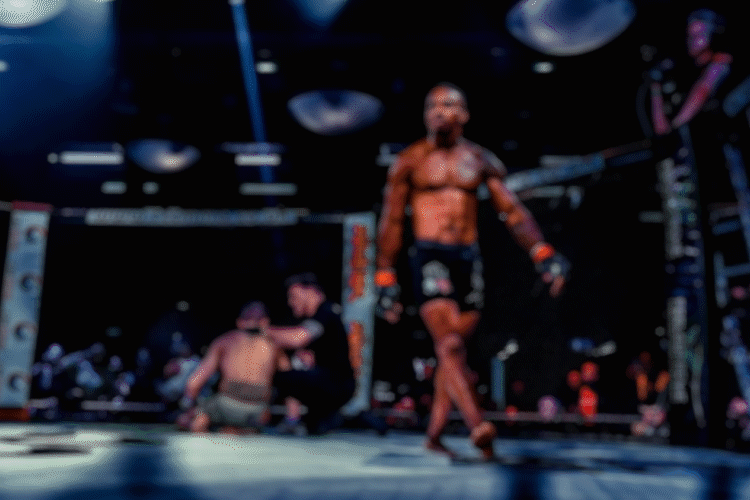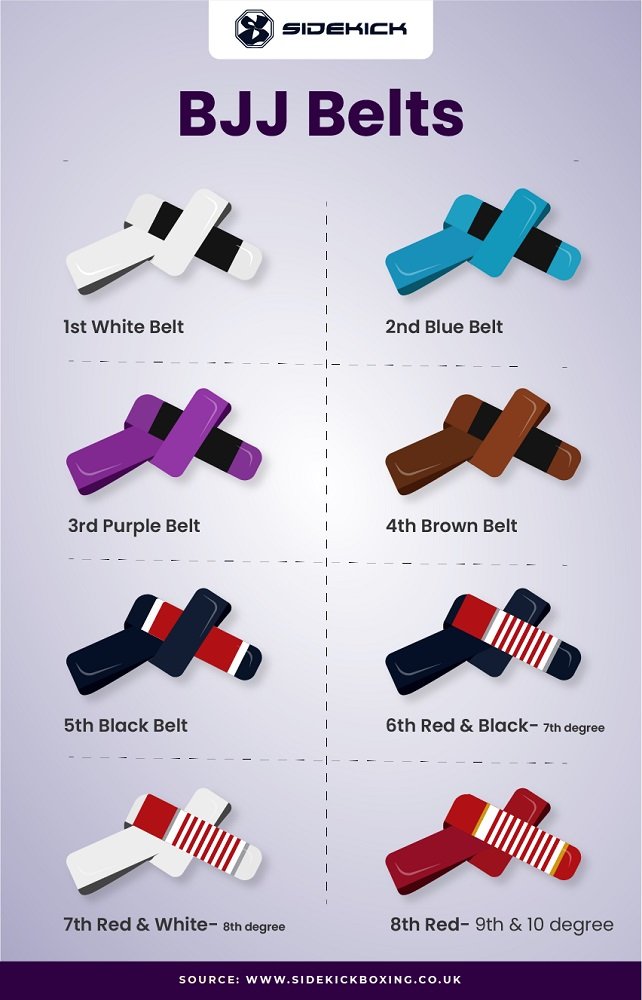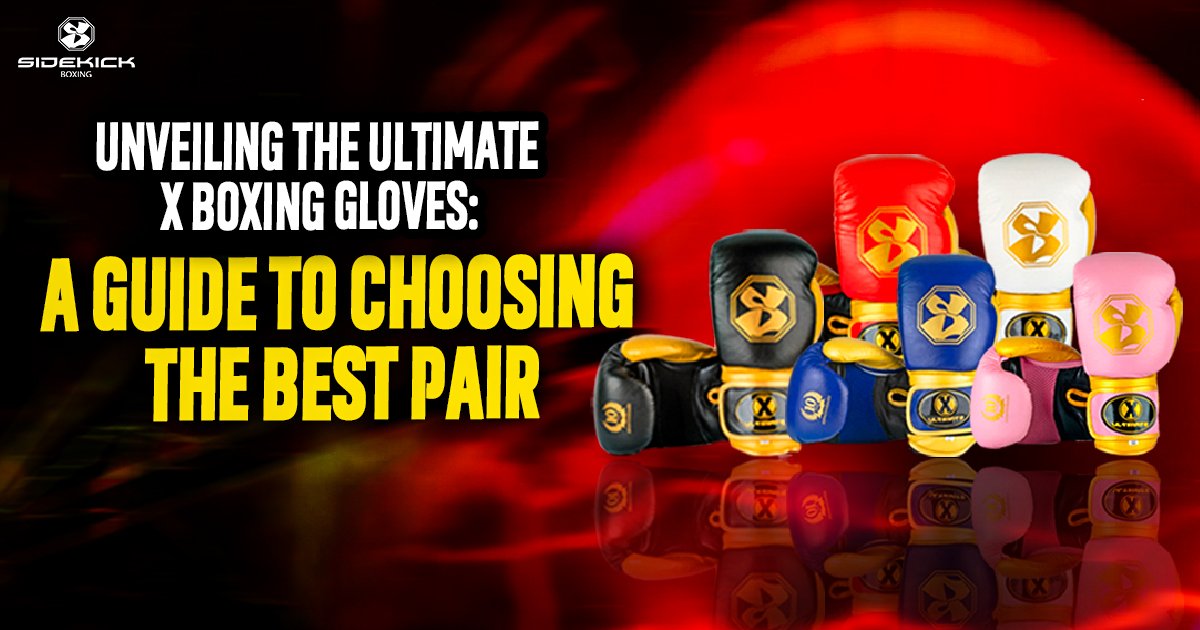
Jiu-Jitsu vs Muay Thai: Which One Is Better For You?

The UFC has influenced two martial arts styles to rise in popularity over the last 30 years: Jiu Jitsu and Muay Thai. Although other martial arts are popular in their own right, MMA as a sport has evolved with Muay Thai and Jiu-Jitsu being the most chosen disciplines for effectiveness in the octagon.
Although Muay Thai and Jiu-Jitsu have gained extra attention around the world, the differences between them are quite literally worlds apart. Muay Thai is a stand-up striking combat sport that is considered extremely brutal out of all striking styles.
Jiu-Jitsu, on the other hand, was designed for self-defense focusing on the use of grappling, chokes, and lock techniques, and it has earned its reputation as the top martial art for grappling.
But the question is on many of our minds – which one is better?

What is Muay Thai?
Muay Thai, meaning Thai boxing in English, is a striking combat sport that originated in Thailand centuries ago. It was originally designed for the Thai army for soilders to use in combat. Today, Muay Thai has become a very popular sport around the world.
Even though it’s called Thai boxing, Muay Thai has plenty more to offer than just punches. Muay Thai allows the combatants to strike with their fists, elbows, knees, and shins. This is why it is also referred to the ‘art of the eight limbs’. The fighters can even clinch they’re opponent.
Muay Thai is so popular in MMA as it covers all striking techniques, and so the practitioners can also be prepared to defend against anything that is thrown at them.
What is Jiu-Jitsu?
In MMA, a fight can easily go to the ground, leaving most striking techniques pretty much useless, leaving the fighters relying soley on grappling techniques. This is where Jiu-Jitsu comes into play.
Jiu-Jitsu is a traditional grappling martial art and has also become a sport that is fought on a matted area. It utilizes locks and chokes, and when an opponent is trapped in a painful position, it forces them to submit.
Jiu-Jitsu is known for its emphasis on leverage and technique over strength and power.
Both Jiu-Jitsu and Muay Thai are very effective methods of self-defense, which also complement each other in MMA.
They also have an extensive list of mental and physical health benefits. But if you’re struggling to choose between learning Jiu-Jitsu vs. Muay Thai, this article will help you decide.
Starting Out—Jiu Jitsu or Muay Thai?
When first choosing which martial art to pursue, it can all depend on your personal preference and what type of physical training you prefer.
Even though both sports are beginner-friendly, Muay Thai requires constant stand-up striking, which can make a training session quite gruelling. However, you can expect a beginners class to be at a lighter pace to break you in gently. Also, most clubs don’t allow newbies to spar, so you dont need to worry about getting hit just yet.
Jiu-Jitsu is generally at a slower pace, but it’s very physical. It is very challenging trying to master the techniques, especially when you’re getting tired.
So, if you’re looking for a more creative fighting style that’s easier on the body, choose Jiu-Jitsu over Muay Thai. Also, Jiu-Jitsu is a non-striking sport, so you may feel more comfortable mastering grappling.
One thing potential students should note is that the techniques and forms of Jiu-Jitsu are more complex and may take longer to learn. In Muay Thai, even though technique and form are still essential, you can still easily participate at a beginner level.
If it’s a black belt you’re looking to achieve, then Jiu-Jitsu will be the one for you as Muay Thai doesn’t have a grading system. Just bear in mind that it can take up to 10 years to gain a black belt.
Jiu-jitsu can be practised in either Gi or non-Gi styles, which you can read more about the different Jiu-jitsu styles in our article here.

What is the difference between BJJ and Muay Thai rules?
The first thing to know when learning about the differences between Muay Thai vs Jiu Jitsu is the rules. It is easier once you’ve familiarized yourself with the basics. Below, we’ve outlined the key things you should know.
Jiu-Jitsu Rules
Jiu-Jitsu is a martial arts discipline that was designed for self-defence. It became a competitive sport in 1994 when Carlos Gracie Jr founded the International Brazilian Jiu-Jitsu Federation (IBJJF) with the goal of regulating and governing Brazilian Jiu-Jitsu (BJJ) competitions.
Jiu-Jitsu and competitions
BJJ is on open mats rather than a boxing ring. It was first popularized in the Western Hemisphere in the first half of the twentieth century by the son of a Japanese sumo fighter Count Koma.
Koma was the first to record the ten rules of Jiu-Jitsu, some of which include information about the fighter’s appearance and who should be present (i.e., a jury consisting of experts, reporters, and doctors).
The main rules you need to know are:
The fighter whose back is on the ground is not necessarily defeated; rather, defeat is signaled by tapping either the mat or the opponent’s body three times.
You can also win by racking up more points than your opponent. Points are awarded for the successful completion of certain techniques.
The matches are commonly divided into rounds of five minutes. In between, there are resting periods of two minutes.

Muay Thai Rules
Muay Thai is fought in a traditional boxing ring. When deciding between Muay Thai or Jiu Jitsu, remember that the “art of eight limbs,” as it is popularly known, can be won in three ways:
- A Knockout (KO) – This is when a fighter is knocked down by a blow and is unable to stand and continue fighting within 10 seconds. The fighter still standing is the winner.
- A Technical Knockout (TKO) – Should the ref deem one fighter unfit to carry on, the match is ended.
- Points – If neither fighter has knocked out their opponent, the judges’ scorecards are assessed, and the competitor with more points wins.
For Self-Defense
If deciding on Jiu-Jitsu or Muay Thai for self-defense, remember that Jiu-Jitsu is primarily fought on the ground. Although it’s not uncommon for a fight to end up that way, it may not be as effective in a real-life street fight, especially if their are multiple attackers.
Conversely, Muay Thai techniques are performed standing and stress the importance of learning to absorb blows, which may take some time before it’s effective for you in a real fight. And a lack of ground movements may make things difficult.
As self-defense can be very situational, both arts have benefits and drawbacks, and practitioners are known to modify their styles accordingly, such as learning how to get faster punches and improve your speed.
For Fitness
When considering Jiu-Jitsu vs. Muay Thai in the context of getting into shape, both will provide you with intensive full-body workouts. Jiu-Jitsu utilizes a combination of aerobic and anaerobic movements that burn fat and keep your heart rate high. Muay Thai also requires high-intensity efforts but also a good deal of mobility for roundhouse kicks, emphasizing leg movements.
So if you’re looking to target flexibility issues, Muay Thai is a great option.
For MMA
In the ring/cage, Jiu-Jitsu and competitive Muay Thai are complementary fighting styles. Many professional fighters will combine styles, more commonly known as mixed martial arts, to utilize grappling and striking techniques rather than sticking to just one.Combining Jiu-Jitsu’s focus on the ground and Muay Thai’s on standing upright will help balance any fighter.Head-To-Head Comparison
Final Thoughts on Jiu-Jitsu vs Muay Thai
Consider the pros and cons against each other directly:
- Jiu-Jitsu Pros – It’s a full-body workout that can be a bit gentler because of the lack of emphasis on pure striking.
- Jiu-Jitsu Cons – It requires years to master, and the lack of striking might be a downside for some fighters.
- Muay Thai Pros – It may help increase (lower-body) flexibility and incorporates many forms of striking techniques.
- Muay Thai Cons – There are no ground or grappling techniques to learn, and the strikes may be hard on your body during training. Also, with striking, you’ll need to wear sparring gear for protection.
Both Jiu-jitsu and Muay Thai fantastic styles of martial arts. The bottom line on which one to choose comes all down to a personal preference as each practitioner claims theirs is the better one.







